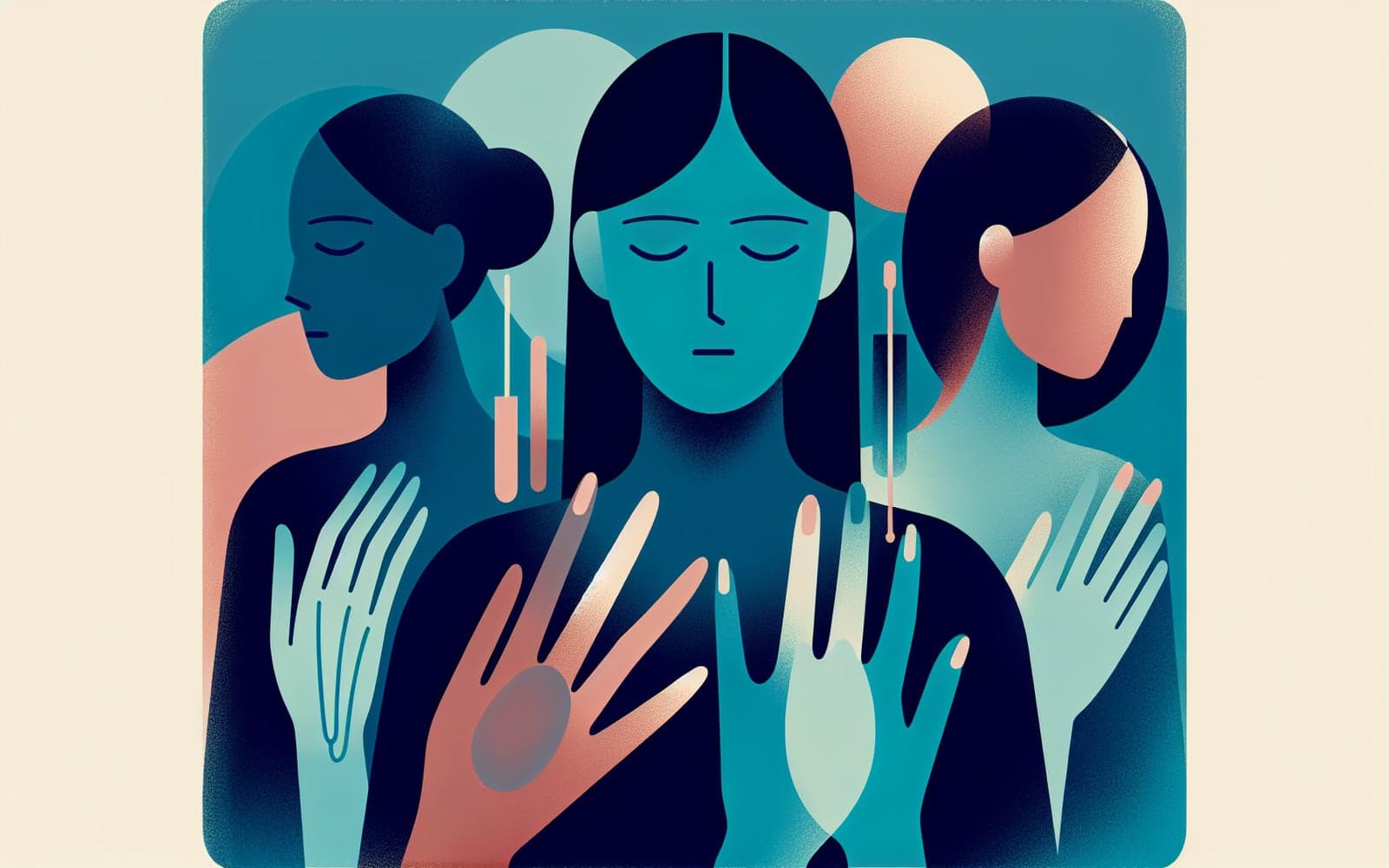Recognizing Paronychia: Key Symptoms You Shouldn't Ignore
Published: Nov 13, 2023
Paronychia can sneak up on you, but knowing the signs can help you catch it early. Let's explore the symptoms that might be telling you it's time to give your nails some extra attention.
Contents
The Early Warning Signs
Paronychia often starts subtly. You might notice some redness and swelling around your nail, particularly at the base or sides. The area may feel warm to the touch and tender when pressed. These early symptoms can sometimes be mistaken for a minor injury, but if they persist or worsen, it's likely paronychia.
When Pain Becomes the Main Player
As paronychia progresses, pain often becomes more pronounced. You might find it uncomfortable to use the affected finger or toe for everyday tasks. The pain can range from a dull ache to a sharp, throbbing sensation. In some cases, the pain might extend beyond the immediate nail area, affecting the entire digit.

Visual Changes to Watch For
As the infection develops, you may notice more visible changes. The skin around your nail might appear shiny or take on a deeper red color. In some cases, you might see pus collecting under the skin, forming a small abscess. The nail itself can also be affected, potentially becoming discolored or developing ridges or other irregularities.
Frequently Asked Questions
Rarely, severe cases may cause mild fever or general malaise.
In severe or untreated cases, nail loss can occur.
Acute paronychia can develop rapidly, sometimes within 24 hours.
Symptoms are similar, but often associated with ingrown toenails.
Key Takeaways
Recognizing paronychia symptoms early can lead to quicker treatment and better outcomes.
Noticing any of these symptoms? Don't wait - reach out to Doctronic to discuss your concerns and explore next steps.